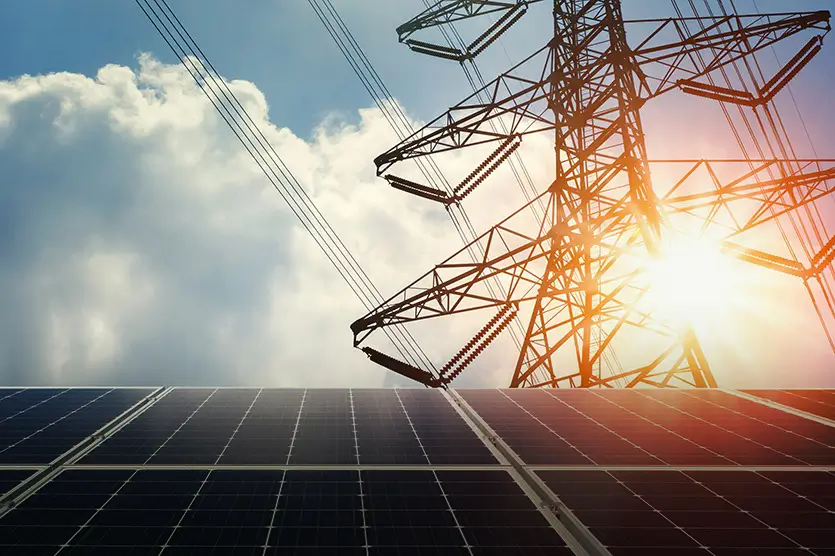Renewable energy is obtained from natural sources such as wind, water, sunlight etc which are naturally replenished on a human timescale and produce low greenhouse gases. Popular energy sources include wind energy, hydro energy, geothermal energy, tidal energy, and biomass energy. Pakistan is blessed with several of such sources and it’s about time we explored these alternate means of producing energy, given the climate emergency that we are facing, amidst the growing energy need at a national level.
This year’s climate-induced floods have had a devastating impact; the 1,700 deaths and over 8 million displaced people are a stark example of the country being dragged decades back, while the economic loss caused by the aggregate damage is estimated to be $30 billion. Consequently, such climate specific event and environmental degradation are expected to have Pakistan’s GDP plunge by up to a whopping 20% by 2050.
Moving on with the coming plan until 2030, we at KE believe that the future is green and have hence incorporate strategies aimed at producing ‘affordable energy, accessible to all’, thereby setting up solar, wind, and hydel power projects. Therefore, 1,200 MW of power will be added from wind, solar, and hydel plants which will not only bring down the carbon footprint but also account for foreign exchange savings for the next 25 years on account of fuel. This means that we will be able to provide energy which is more efficient and cost effective for our customer base. The 3, 50 MW solar power projects under the IPP structure at Vinder, Uthal, and Bela districts of Balochistan are testament to our quest for adding renewable energy to our portfolio.
Cities account for places which contribute to over 80% of the GDP and where most of the world population lives; this will amount to two-thirds by the current mid-century. It is known that the combination of these factors in urban areas are known to be responsible for up to 75% of global energy consumption and over 70% carbon dioxide emissions resulting from energy consumption.[2] In light of the relevant sustainable development goals, and the Paris agreement’s target of keeping the global temperature increase below 2°C requires a sustained and collaborative effort is needed to pave the way towards the green energy transition. In light of this information, it is evident that cities are responsible for the highest GHG emissions and perhaps as a complete transformation may not be possible, having a mix of renewable energy solutions as part of the entire energy generation portfolio in a fast-urbanising world is crucial. While planning, the elements of urban form include land use mix, urban density, inter and intra city mobility, infrastructure, housing, green spaces, and solar designs among others. Long term plans can include achieving Net-Zero Energy Neighborhoods and Energy Positive Districts and while incorporating renewable energy will help


